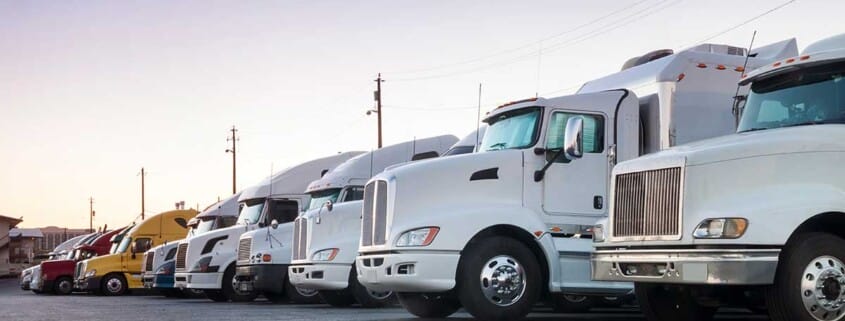Insurance premiums going up? Infinit-I client Logistics Warehouse used three simple steps to flatline their insurance rates. It CAN be done!
Leading safety management system that brings current industry news that your company to use to stay updated & informed in todays fast pace world.
Need Help?
Call Now
Sales: 866-224-4676
Support: 1-877-792-3866 ext. 300
About
Free Resources
Benefits
- Reduce Accident Costs by 50.7% Yearly
- Improve CSA Scores by 17-50%
- accident prevention training and legal defense
- Reduce Driver Turnover up to 85%
- Improve Fuel Efficiency 3.5%+
- Reduce Training Costs by 50%
- Overages, Shortages and Damages
- Training Management System Benefits
- #1 Truck Driver Safety Training LMS











